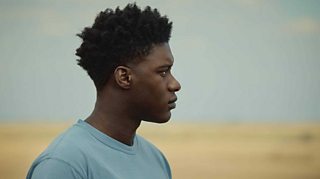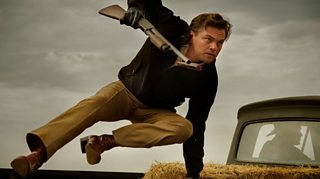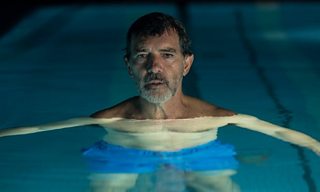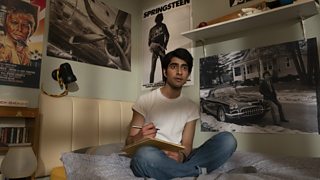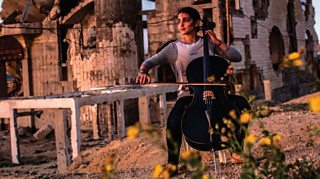GAZA
The growth in the feature length documentary film is, for me, something to be embraced. It moves beyond short ‘news’ stories and, at most, one hour TV specials on either a new issue or a re-visiting of an ongoing one. Short or long, docs on current or historical stories permit the makers to offer up opinions and insights ranging from the investigatory, through the polemical to the visionary. This is why the recent Docs Ireland festival in June (building on the DocsFest of the Sheffield Film Festival) was a necessary showcase for the expansion of the genre.
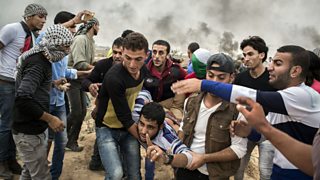
Gaza is, to use the polite parlance, a ‘contested site’ like Norn Iron or Kashmir. To Israel it is an aberration which the Israeli state and the Israeli Defence Force (IDF) do their best to contain, like a virus.
I missed seeing Gaza at Docs Ireland (so many films, so little time) but now it’s at QFT from Friday 09 August. I knew something of the work of co-director Garry Keane and for a long time I have been a fan of Andrew McConnell’s award winning stills photography in conflict zones, here he is co-director and DOP, producing moving images that range from the lyrical to the shocking. Add in the fact that the producers include Ireland’s own Brendan J. Byrne and Trevor Birney, and you know in advance that this will be a challenging and immersive piece of film making.
We here on this island, North and South, have another reason to watch and ponder over this film. Gaza, as we are told, is a strip of land just 25 miles long and seven miles wide, in which some two million people live – or should that be continue to exist ? Gaza is, to use the polite parlance, a ‘contested site’ like Norn Iron or Kashmir. To Israel it is an aberration which the Israeli state and the Israeli Defence Force (IDF) do their best to contain, like a virus. Their idea of an anti-viral solution includes a quarantine/embargo that extends beyond the land borders, creating a maritime blockade as well.

The structure of the film is to allow a wide range of ages, backgrounds and views of the peoples of Gaza to be shown and heard. There is not an overarching and ‘instructive’ commentary. Instead the combination of images and voices give us a much greater sense of fortitude (a Blitz Spirit), and a vibrant culture of trade, arts, family and education. All this set against a constant background of destroyed buildings and, in one scene, the fear -and at the same time – of resignation at yet another incoming salvo.
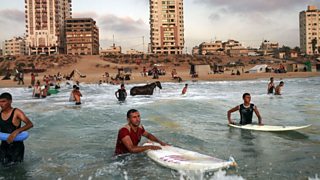
All this set against a constant background of destroyed buildings and, in one scene, the fear -and at the same time – of resignation at yet another incoming salvo.
The scenes of people enjoying beach life seem almost surreal, but reminded me of stills from an old Sunday Times photo-essay showing happy Lebanese beach goers enjoying respite while Beirut burned in the background. But the sea is not just for pleasure. We hear a fisherman who cannot venture any distance from the land because of the blockade.
Interestingly, there were those who spoke out against Hamas, showing that, like anywhere else, not all speak with one voice. Unlike some, I was not critical of the use of beautiful images (the female cellist in the rubble) for the dominant voice in this film was that of humanity itself.
About this Blog

The Arts Show’s resident film buff, Mike Catto is a seasoned film critic, educator, and historian. One day the film of Mike Catto’s life will be made, but we haven’t found the actor to play him yet.
Film
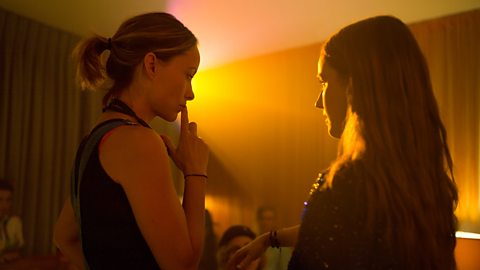
Booksmart - 24 hours left to party!
Beanie Feldstein and Kaitlyn Dever star in what has been dubbed the female 'Superbad'.
